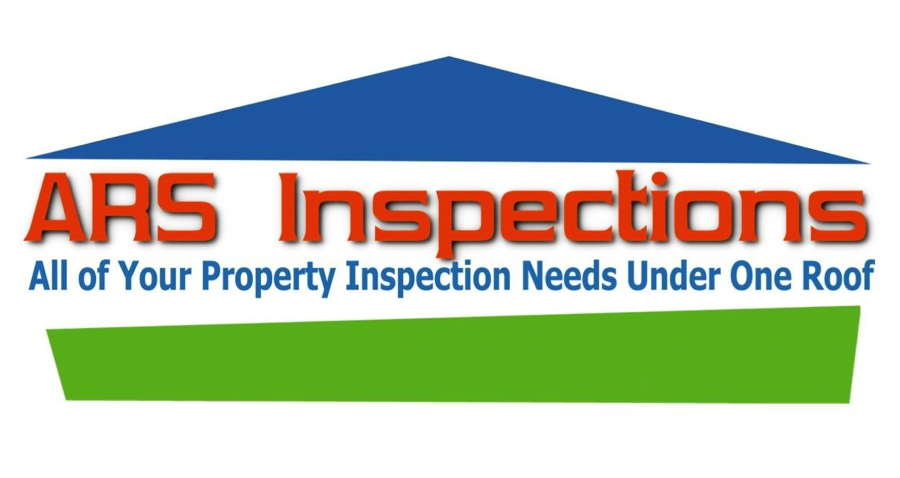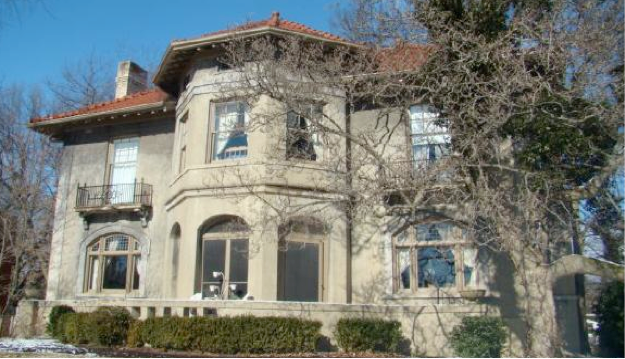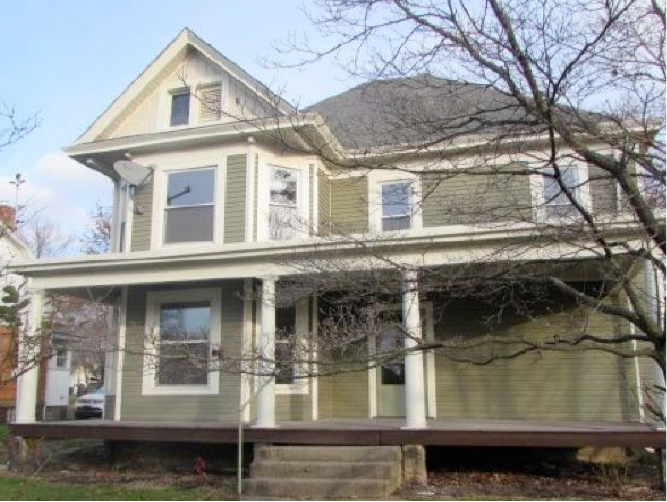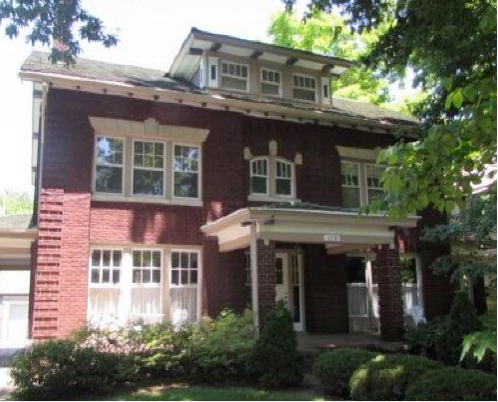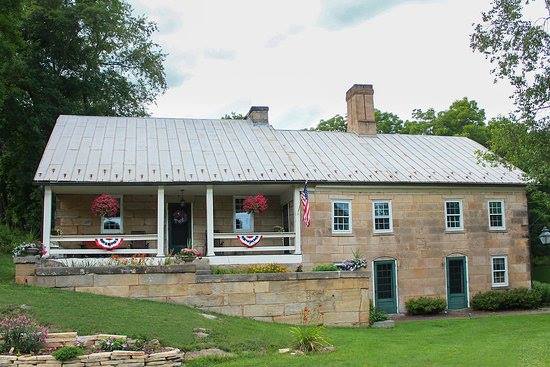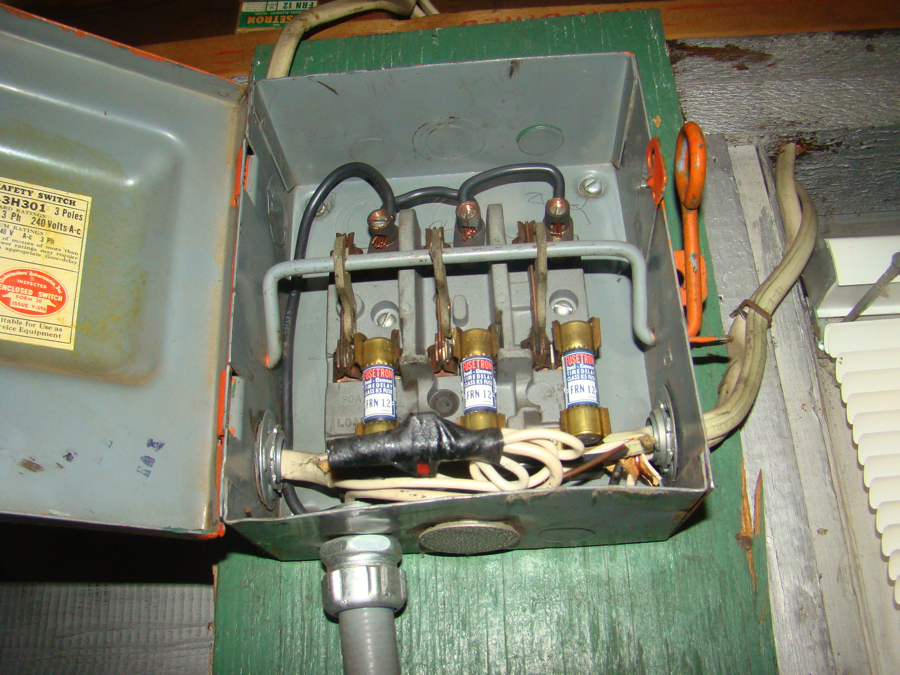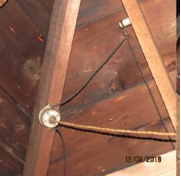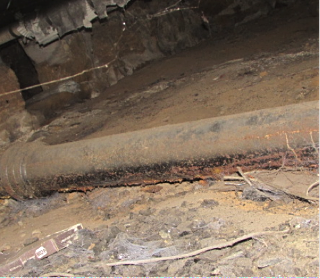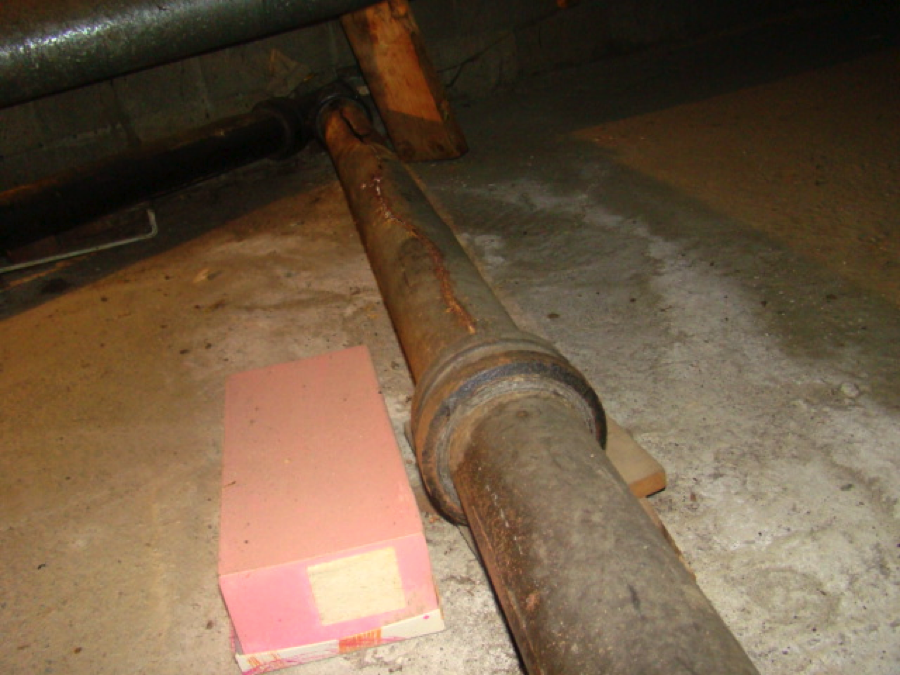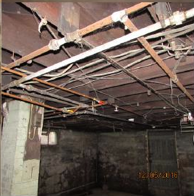Inspecting Older Homes
Older homes have architectural details and a craftsmanship we don’t often find in today's typical residential home construction.
Depending on the year constructed, older houses often had plaster walls, cast iron waste pipes, galvanized plumbing, knob and tube wiring, screw in fuse panel boxes, slate roofs, built in gutters, sand stone foundations and dirt floor crawl spaces just to name a few of the typical characteristics.
It’s important you hire a home inspector who understands these features and is able to answer your questions and concerns often associated with older homes.
Having renovated dozens of older homes I am able to offer professional advice from hands-on experience combined with 30-years of inspecting buildings.
Electrical Systems
Between 1890 and 1910, knob and tube wire was all the rage in home building. Individual insulated wires were held in place by porcelain insulating brackets. They also passed through wood in porcelain tubes that protected the rubberized cloth fabric from damage.
In the 1930's, a quicker installation method was developed, Nonmetallic sheathed cable was born and it incorporated a rubberized fabric coating sheath, much like knob and tube wiring, but a hot and neutral wire were run together in this one sheath.
Between approximately 1965 and 1973, single-strand aluminum wiring was sometimes substituted for copper branch-circuit wiring in residential electrical systems due to the sudden escalating price of copper. After a decade of use by homeowners and electricians, inherent weaknesses were discovered in the metal that led to its disuse as a branch wiring material.
Buss and screw in electrical box.
Buss fuse electric box typically this was an add on box used for central air, electric range or dryer.
This is a great example of how over the years more power was needed to operate the house and separate boxes were added.
The photo above shows knob n tube wiring.
Old House Plumbing
Cast Iron Waste Pipe
Good chance if the home was built before 1970 the drain waste system is made of cast iron. Cast iron plumbing has been in use for hundreds of years because it’s so durable, and because it also does a great job of insulating noisy running water.
When cast iron pipes carry waste hydrogen sulfide gasses are created. When these gasses oxidize, corrosive sulfuric acid is created, rusting the pipes from the inside out. Often times we will see where the cast iron pipe has pits or bubble type raises where the inter walls have rusted. Typically in smaller waste drains the rust flakes within the pipe gather in one location and restrict the flow of water causing slow drainage.
Galvanized Plumbing
Many homes built after World War II, but prior to the 1960s, used galvanized pipes for indoor plumbing and we have inspected houses as late as 1980 still using galvanized water supply lines.
Benefit of Galvanized Pipe
Galvanized pipes remain less expensive than copper and are more durable than plastic.
Drawbacks of Using Galvanized Plumbing
The most obvious disadvantage of galvanized plumbing is the corrosion that builds up along the interior of the pipes over time and the loss of water pressure is noticed. One of the most obvious things we see inspecting older homes with galvanized plumbing is the number of “home owner” repairs when the pipe begins to leak. Once the pipe is damaged the zinc layer is usually compromised, which leads to the pipes corroding more quickly.
Cast iron waste pipe in a crawlspace cracked along the bottom
Cast iron waste pipe in a crawlspace cracked along the top
Galvanized plumbing as seen here often times branches off every where in the basement
Galvanized and copper plumbing
The Evolution of American Construction 1940 to 1970
The onset of World War II marked a sea change in the evolution of the American construction and building industries, largely as a result of massive government intervention in manufacturing activities. The War Production Board (WPB), formed in 1941, had the authority to prohibit any construction work unrelated to the war effort and to direct all critical materials to defense industries. It originally operated as a highly centralized organization. (Jester 1995:41; Office of War Information1945: 111).
The wartime shortages of building supplies, such as wood, rubber, steel, iron, and aluminum, led wartime contractors to make adjustments to typical building practices. Concrete was poured without the typical amount of reinforcement, fiberglass was used instead of asbestos, and new and improved materials such as glued laminated timber and plywood were used rather than solid wood (Jester 1995:41).
Following the war, traditional building materials such as brick and stone remained in short supply, but newer materials that had been developed and improved during the war were readily available. The most widely used of these materials included gypsum board (or wallboard) and extruded aluminum.
Many of the buildings constructed during the war-utilized gypsum board instead of metal and wooden lath as a base. Wallboard, which came in prefabricated sheets, was easier to install and required the use of no metal or steel.
Manufacturers, most notably National Gypsum and United States Gypsum, benefited greatly as drywall transformed interior construction methods. In the process, traditional plasterers began to be squeezed out. More labor intensive and time consuming, plasterwork was ill suited to the emphasis on speed and efficiency that postwar builders held at a premium.
Although many 1940s and 1950s housing developments still featured plastered interior walls, commercial, industrial, and other building types soon featured only gypsum.
By the early1960s, the vast majority of residential developments also had adopted this material (Jester1995:42).
As for aluminum, while it had been available during the 1920s and 1930s, its limited availability and cost kept it from widespread use.
During the war years, however, companies began producing laminates of two aluminum alloys, in which an exterior coating clad the core material to provide corrosion protection. Extensive use in aircraft construction led to greatly increased production and a postwar surplus. Aluminum manufactures sought new markets for using aluminum and found them in the construction industry for use in doors, windows, and siding (Jester 1995:42).
After a brief postwar recession, the U.S. economy and building production industry began to expand. Using their wartime savings, along with the many financial benefits available to veterans, consumers had access to considerable income. As previously noted, extensive transportation improvement programs led to a boom in suburban development.
Between 1946 and 1969, construction expenditures in the U.S. grew almost every single year (Jester 1995:42). The construction materials of choice for many government-supported projects were concrete and steel. Research and development of pre-stressed concrete and steel expanded rapidly following World War II, drastically reducing the construction costs of multi-story buildings, which were much needed in a booming construction market (Trachtenberg and Hyman 1986:544-545).
The use of pre-stressed concrete became so widespread that carpenters soon found they could make more money building formworks for panel walls and decks than working on traditional building projects (Jester 1995:42).
Meanwhile, the experimental architecture of the period from 1950 to 1970 depended primarily on advancements in structural and mechanical systems. New building materials and innovations, such as pre-stressed concrete, glazed curtain walls, porcelain coated glass, sealants, and fiberglass, allowed architects and engineers to enclose spaces with cantilevers, utilize hung roofs, create geodesic domes shapes and other forms, and control their interior climates with better heating and air conditioning systems. These combined to create almost unlimited possibilities in architectural design (Jester 1995:42
ARS
Inspections Real Estate Inspection Company, property inspection,
termite inspection, radon testing, mold inspection, mold testing, FHA VA
RD USDA and well inspection.
ARS Inspections (Advantage Real Estate Services) is a professional home and building Inspection Company located in Zanesville Ohio. Quality Inspections Since 1988: Real estate inspection reports, home inspection, commercial building inspections, termite inspection, gas line inspection warranty, radon testing, mold testing and private well water testing Services in Muskingum County, Perry County, Guernsey County, Licking County and Franklin County. Service Areas: Ohio Home Inspection and Ohio Home Inspector in, Zanesville Ohio, Nashport Ohio, Roseville Ohio, New Lexington Ohio, Somerset Ohio, Newark Ohio, Granville Ohio, Reynoldsburg Ohio, New Albany Ohio, McConnelsville Ohio, Dresden Ohio, Philo Ohio, Duncan Falls Ohio, Frazeysburg Ohio, Coshocton Ohio, New Concord Ohio, Cambridge Ohio, Coshocton Ohio
We are affiliate members of the Guernsey- Muskingum Valley Association of REALTORS® and The Licking County Board of Realtors
